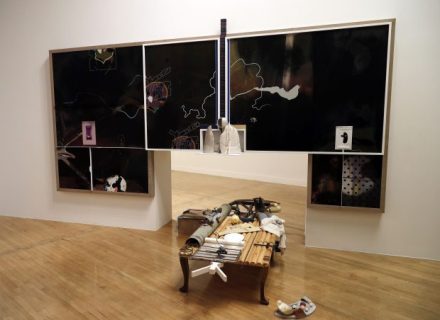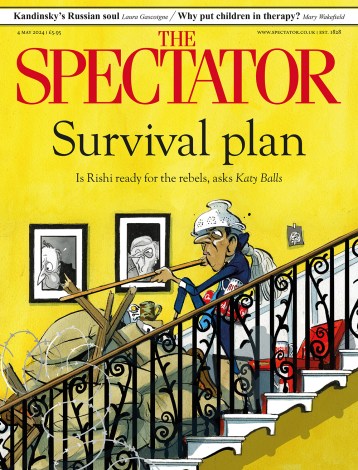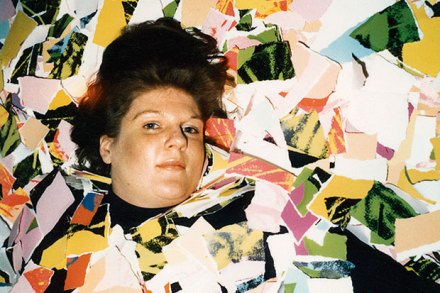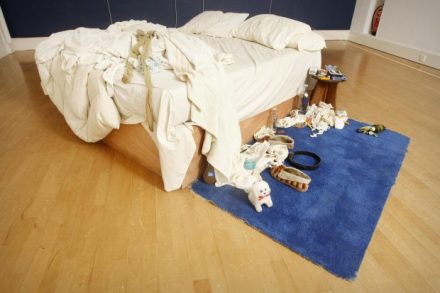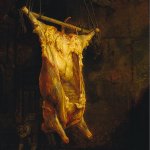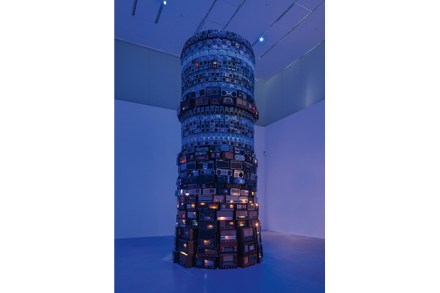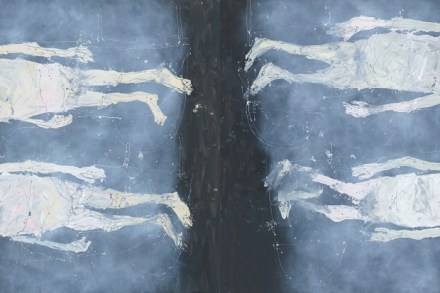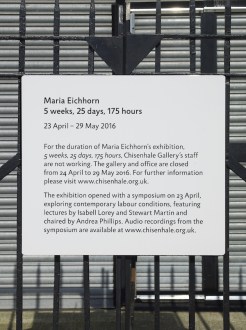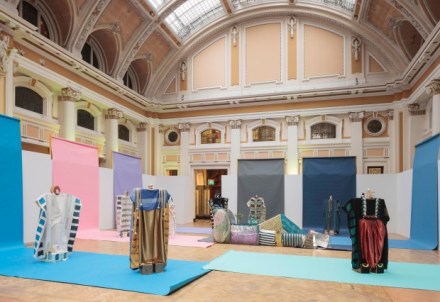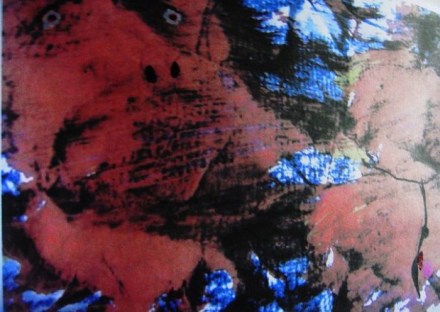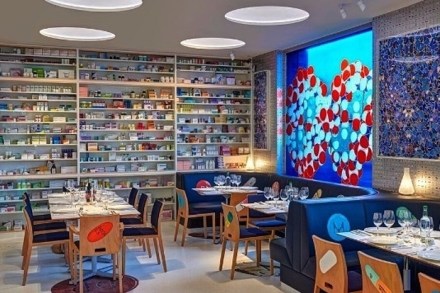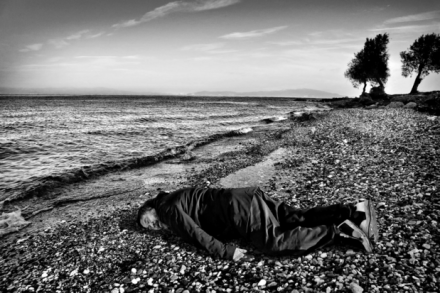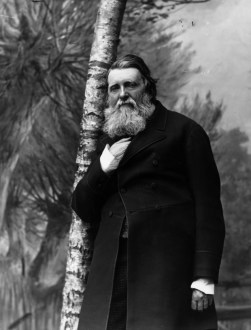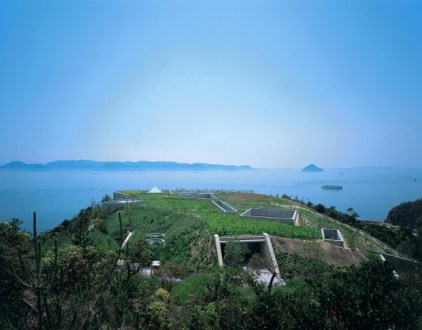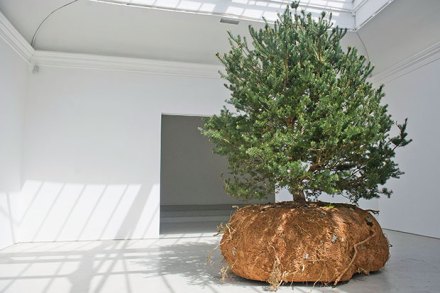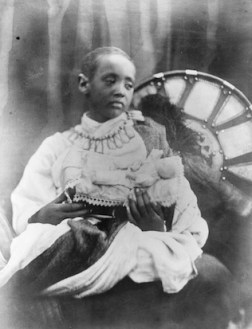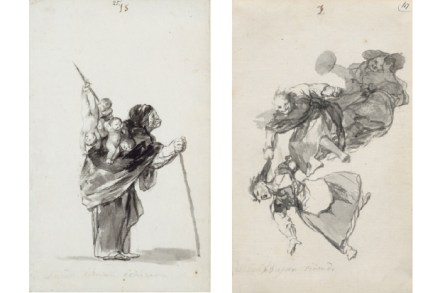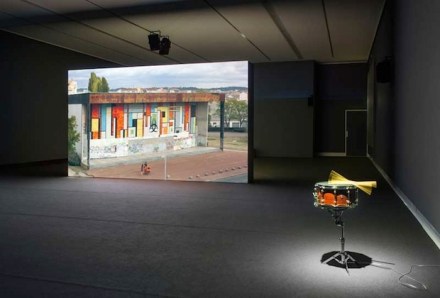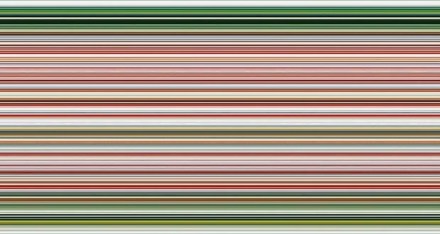Perhaps Michael Gove should get the Turner Prize
It is a week where you’d imagine most British politicians would be occupied by the Supreme Court ruling over Brexit. But late last night and in the early hours of this, two members of the last government found time for a spat about art on Twitter. Former Secretary of State for Education Michael Gove said the Turner Prize had ‘nothingtodowithJMWTurnersgenius’ and that contemporary art was basically all ‘#modishcrap’, showing off his art expertise by misspelling winner Helen Marten’s name. Former arts minister Ed Vaizey stood up for the prize, and acknowledged that ‘brilliant’ contemporary artists could and did exist. The argument, of course, is an old one: older than the Turner
